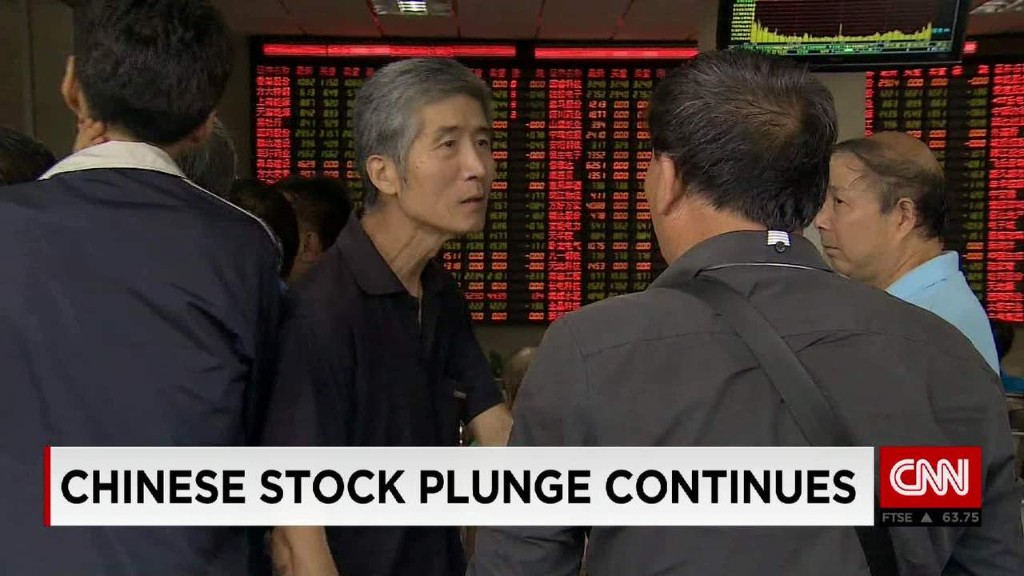Data on China's quarterly growth released Wednesday beat analysts' forecasts signalling that the world's second largest economy is gaining momentum. However, these new numbers have spurred concerns over their accuracy.
For the second quarter, China reported its gross
domestic product (GDP) expanded 7.0 percent on-year, beating a Reuters poll
forecast for 6.9 percent.
Industrial output for June climbed 6.8 percent
on-year, beating a Reuters poll forecast for 6.0 percent.
June's retail sales climbed 10.6 percent, also beating the the Reuters poll
forecast of 10.2 percent.
China National Bureau of Statistics said the pickup was "hard won" adding that the numbers were not inflated. However, economy analysts are not in a hurry to trust the data.
In a note Wednesday, Julian
Evans-Pritchard, a China economist at Capital Economics, said that the stronger than estimated numbers will undoubtedly spur renewed concerns over the veracity of the official data.
"While actual growth is almost certainly a percentage point or two slower than the official figures show, there are good reasons to think that the latest figures are mirroring a genuine stabilization of conditions on the ground," he added.
The same opinion is shared by Louis Kuijs, a China economist at RBS, who said that analysts always struggle with China's data releases due to the country's contrivances. Those include only publishing some components annually, Kuijs said, adding that some figures signal growth has been slower in the second quarter.
He noted that "a welcome development is we can see
from looking at the monthly data, the tentative pickup in growth that
we had noticed before is confirmed by the June data" on industrial
production."
If take into account better-than-expected import growth data published earlier this week, the authorities' policy response is starting to feed through into the real economy.
Policy makers got down to action after the first signs that the annual GDP target of around 7 percent could be at risk.
Late last month the People's Bank of China (PBOC) trimmed interest rates and the reserve requirement ratio (RRR) for some banks in a bigger-than-expected easing package which marked the PBOC's fourth round of major action since November.
Last time China last cut both interest rates and the RRR was in December 2008 - at the peak of the global financial crisis.
The bureau of statistics attributed the second quarter's growth stabilization to recent policy moves saying that "the economic development was strengthened."
"However, we must be aware that the domestic and external economic conditions are still complicated, the global economic recovery is slow and tortuous and the foundation for the stabilization of China's economy needs to be further consolidated," the body said in the English-language press release.

The Shanghai Composite
extended declines after the data was released. Some analysts, however, note that the decline was not related to the GDP data.
But China's recent stock market collapse, with shares surging sharply before crashing into the bear market, may undermine the pickup. The Shanghai Composite has lost more than 24 percent from its 52-week high.
"The surge in brokerage activity associated with
the equity bubble feeds directly into the service sector component of
GDP," noted Capital Economics' Evans-Pritchard. He expects that was
unsustainable and short-lived.
But Kuijs does not share this opinion, saying that the booming financial sector was important, but not a vital contributor to the strong service sector performance.
However, if the current market turmoil takes a sharp bite out of the
financial sector's turnover, it could be reflected in third-quarter GDP
data, potentially cutting 0.2-0.3 percentage point off growth, he said.It is the question on if other forces can compensate that.



